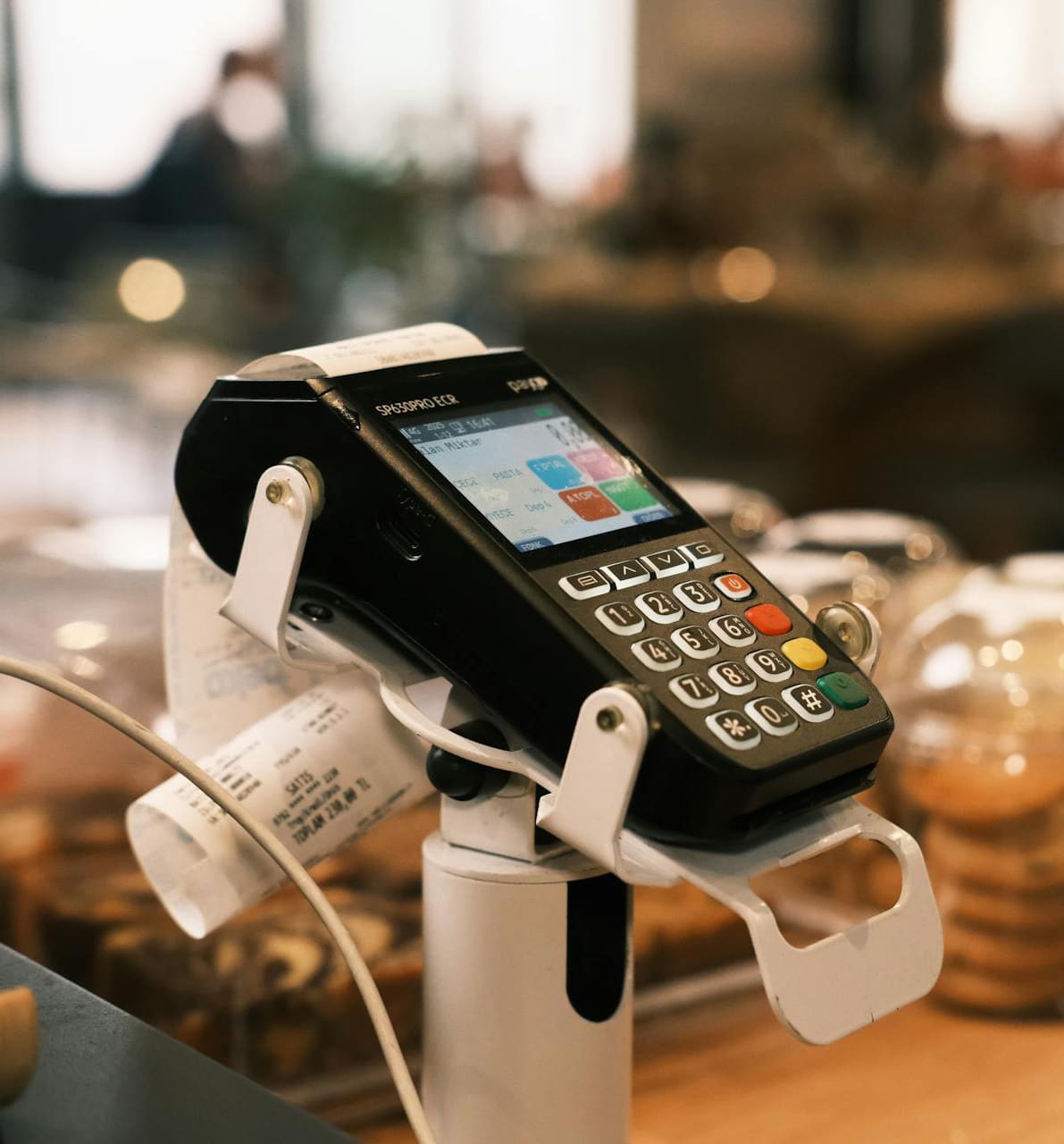The merchant account approval process is one of the most critical—and misunderstood—steps for businesses operating in high-risk verticals. Whether you sell supplements, run an adult subscription service, or work with jewelry multi level marketing companies, securing a merchant account is about more than just filling out an application. Underwriters examine everything from your business model and marketing funnel to your financials, customer service policies, and historical chargeback rates. As more merchants shift to cloud-based tools and POS management software, expectations for operational transparency have increased. If you’ve ever asked, “Why won’t my Venmo work for business?” or found yourself turned away by mainstream payment processors, you’re not alone. The truth is that high-risk merchants must prepare differently—and more thoroughly—to succeed in the underwriting process. This guide breaks down what payment providers really look for and how to position your business for fast, confident approval.
Why High-Risk Merchants Face More Scrutiny
Merchants in high-risk verticals face stricter underwriting because their industries historically have higher chargeback ratios, regulatory concerns, or reputational risks. Sectors like CBD, adult entertainment, collectibles, and jewelry multi level marketing companies often experience high transaction volumes, inconsistent billing cycles, or long delivery timelines, all of which can trigger customer disputes. Banks and credit card processing providers bear the liability for those disputes, which is why they apply tighter controls. Risk is also based on product type, payment model, fulfillment time, and customer demographics[1]. If your business is seen as volatile or unregulated, your merchant account request is more likely to be declined unless you proactively address those concerns. Understanding your classification—and communicating how your business mitigates risks—is essential when applying. This is not a box-checking exercise; it’s an opportunity to build trust with your provider and show that you take compliance and customer satisfaction seriously.
Understanding the Underwriting Process for High-Risk Accounts
Underwriting is the due diligence process that acquiring banks and merchant services providers use to evaluate your business before issuing a merchant account. For high-risk businesses, this process is both more detailed and more important. Underwriters will review your business history, website content, return and privacy policies, financial statements, and marketing funnels. They may also request supporting documents such as utility bills, tax returns, incorporation papers, and past processor statements. The goal is to assess whether your business will process transactions in a compliant, secure, and stable manner. A key part of this assessment includes checking whether your platform is supported by reliable POS management software and whether your product delivery timelines are clearly stated and adhered to. If your site lacks basic policy pages or raises red flags with aggressive claims or incomplete information, you’re likely to be denied. A strong underwriting file demonstrates professionalism, risk awareness, and operational maturity—qualities that high-risk businesses must showcase to gain approval.
Inconsistent or Incomplete Website Content
Underwriters will comb through your website for accuracy and compliance. If your terms and conditions are missing, outdated, or contradict your refund policy, it signals a lack of readiness.
Lack of Fulfillment and Support Documentation
If your business ships physical products, be prepared to explain your fulfillment process and customer service infrastructure. Gaps in shipping timelines or return procedures create risk.
Omitting Financial Statements or Bank History
Failing to include prior processor statements, business bank records, or cash flow projections can delay approval. Transparency in financial health is critical, especially for high-volume operations.
Unclear Business Model Descriptions
Underwriters should be able to understand your business at a glance. Vague descriptions or buzzword-heavy summaries can raise doubts, especially for complex or emerging verticals.
How to Strengthen Your Application for High-Risk Approval
Businesses in high-risk verticals can dramatically improve their chances of approval by taking a proactive approach to documentation and risk management. Start by ensuring your website is fully compliant, with visible refund, privacy, and shipping policies. Your checkout experience should align with PCI DSS standards, using credit card processing providers that support tokenization, AVS, and CVV authentication[2]. Prepare a business overview that clearly outlines your product or service, target market, fulfillment process, and fraud prevention methods. For jewelry multi level marketing companies, explain how you manage distributor compliance and avoid pyramid scheme associations. Provide six months of processing statements and business bank activity to demonstrate financial stability. Most importantly, partner with merchant services providers who specialize in high-risk verticals and understand how to advocate for your business during underwriting. The more thorough and transparent your application, the more likely you are to secure fast and favorable account terms[3].
Leveraging POS Software to Reduce Risk
One of the easiest ways to strengthen your underwriting position is by integrating reputable POS management software into your operations. These platforms provide real-time transaction tracking, inventory control, and customer service metrics—all of which make your business more predictable to underwriters. When a merchant services provider can see that you manage inventory efficiently, track dispute rates, and follow consistent sales practices, they’re more inclined to view your business as low risk despite your industry. Many POS systems also offer built-in fraud prevention tools like duplicate transaction alerts, card velocity checks, and address matching. These features help you proactively reduce chargebacks and demonstrate operational control[4]. High-risk merchants who use modern, transparent POS systems not only gain valuable tools for daily operations but also send a strong message to payment processors: this business is serious about security, compliance, and customer satisfaction.

Conclusion
Getting approved for a merchant account in a high-risk vertical requires preparation, transparency, and the right partner. Businesses in sectors like supplements, adult, collectibles, and jewelry multi level marketing companies must be ready to answer tough questions and meet higher underwriting standards. By investing in compliant websites, reliable POS management software, and clear documentation, merchants can dramatically increase their chances of approval[5]. At Payment Nerds, we specialize in helping high-risk businesses navigate the underwriting process with confidence. From application preparation to processor selection and credit card processing provider integration, our team provides the guidance you need to secure a stable, scalable payment foundation. High-risk doesn’t have to mean high-stress—when you’re backed by the right strategy and infrastructure, your path to payment approval is not just possible, it’s predictable.
Sources
- U.S. Small Business Administration. “Merchant Account Basics for High-Risk Businesses.” Accessed April 2025.
- PCI Security Standards Council. “Data Security for High-Risk Payment Processing.” Accessed April 2025.
- Harvard Business Review. “Reducing Payment Risk Through Transparency.” Accessed April 2025.
- Federal Trade Commission. “Guidelines for MLM Companies and Direct Selling Models.” Accessed April 2025.
- Forrester Research. “POS Software Trends in High-Risk Commerce.” Accessed April 2025.











